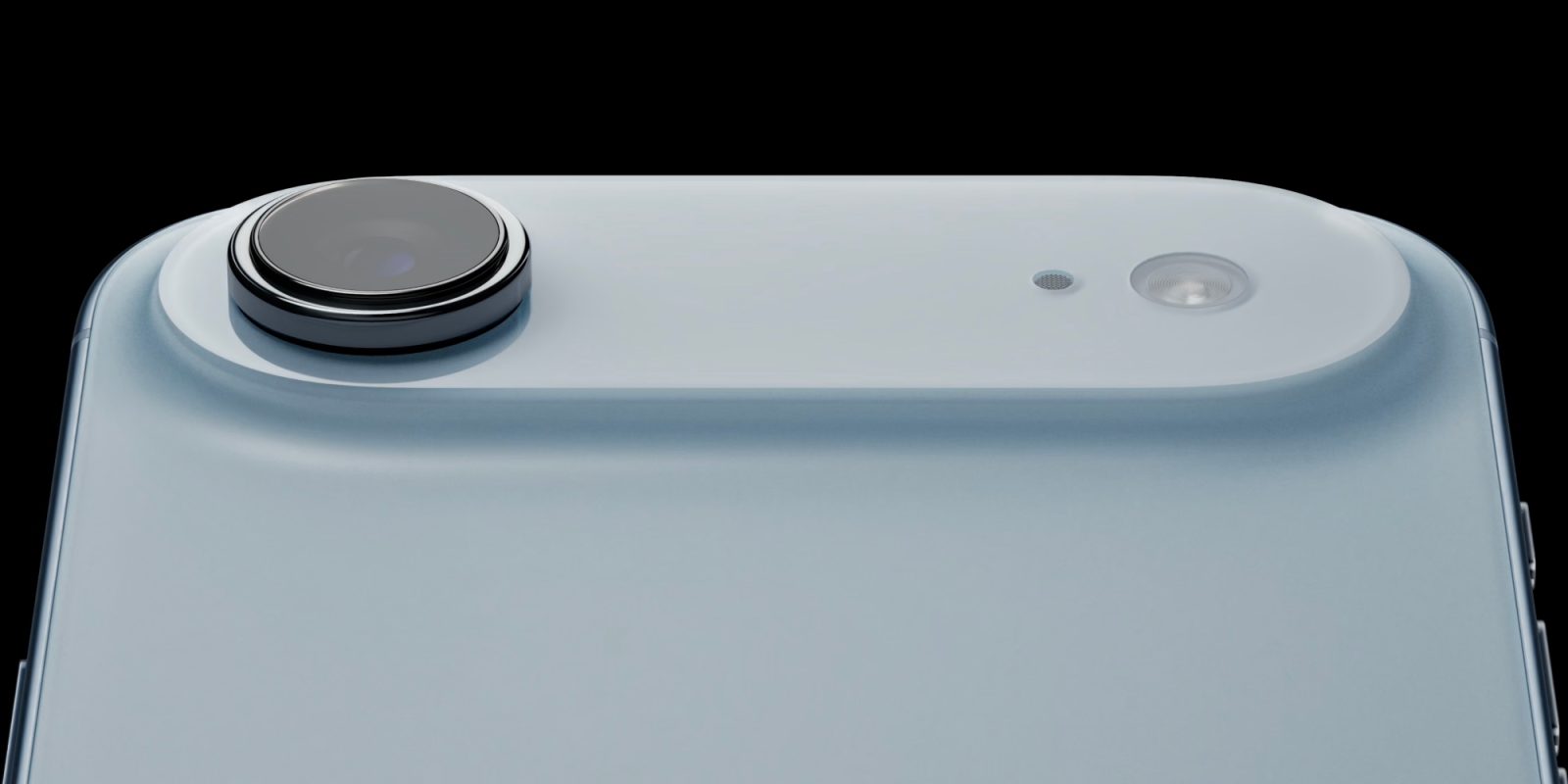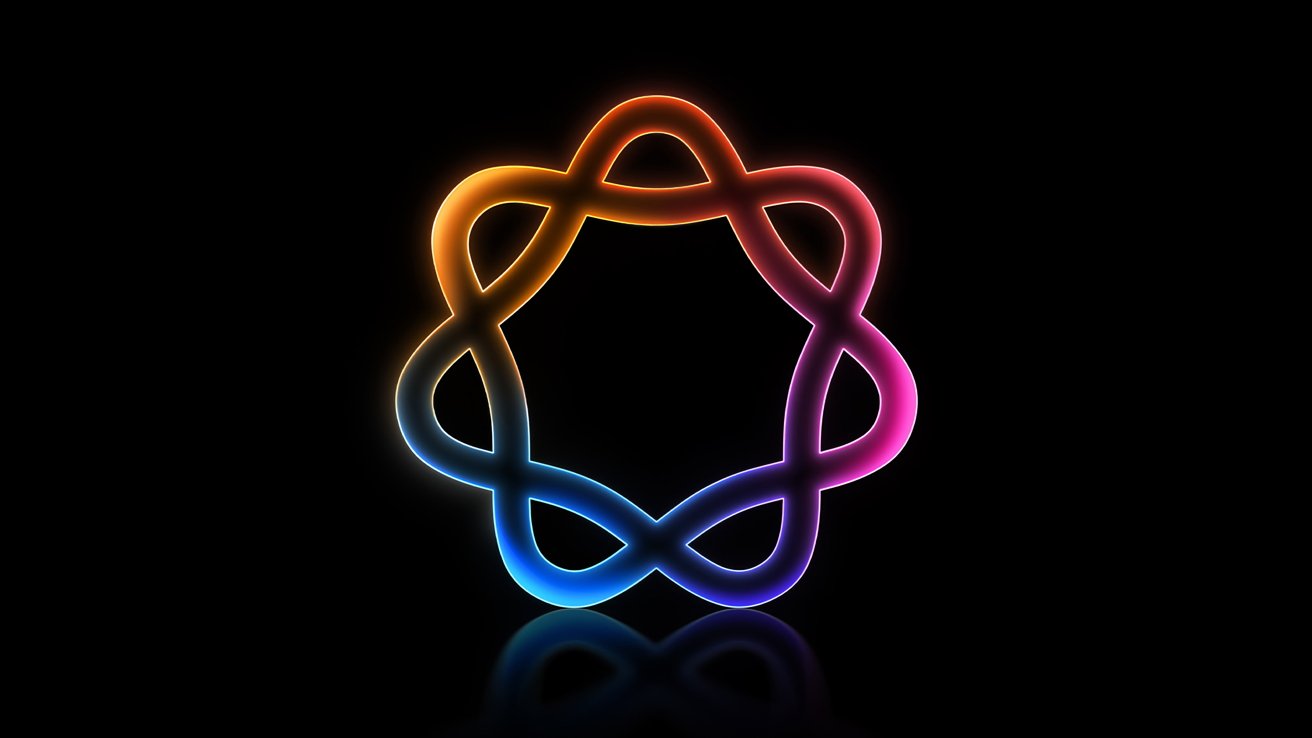In his latest review, professional photographer Tyler Stalman provides an in-depth analysis of the iPhone Air’s camera capabilities, offering valuable insights for both photography enthusiasts and everyday users.
Introduction to the iPhone Air’s Camera System
During Apple’s recent Awe Dropping event, the company introduced the iPhone Air, highlighting its innovative single rear camera system. This setup is designed to function as four distinct lenses: 26mm, 28mm, 35mm, and 52mm, aiming to deliver versatile photographic options within a compact design.
Performance at Standard 1x Zoom
Stalman begins his evaluation by comparing the iPhone Air’s primary 1x camera to that of the iPhone 17 Pro. He observes that, for most users, the differences in image quality are negligible. However, he notes a minor issue where text appears slightly smeared towards the edges of the frame. This artifact is subtle and unlikely to affect the overall viewing experience unless images are closely scrutinized. Stalman emphasizes:
> Seems to be a strange artifact that doesn’t appear much. So, I don’t want to overemphasize it, but I found it. So, I want to make sure you’re aware of it.
Close-Up Photography and Macro Capabilities
A notable limitation of the iPhone Air is its lack of a dedicated macro lens, which affects its performance in close-up photography. Stalman points out that the minimum focus distance is longer compared to the iPhone 17 Pro, making it challenging to capture sharp images of subjects at very close range. This could be a drawback for users interested in detailed macro shots.
Telephoto Lens Absence and Its Implications
The iPhone Air’s camera system does not include a telephoto lens, which impacts its zoom capabilities. Stalman discusses scenarios where this omission becomes evident, particularly when attempting to photograph distant subjects. Users accustomed to the zoom functionality of Pro models may find this limitation restrictive.
Professional Features: ProRAW and Apple Log Support
Stalman highlights the absence of professional-grade features such as ProRAW and Apple Log support in the iPhone Air. These features are essential for photographers who require extensive post-processing flexibility and high dynamic range in video recording. While these omissions may not affect the average user, professionals might find them limiting.
USB Connectivity: USB 2 vs. USB 3
Another point of differentiation is the iPhone Air’s support for USB 2, whereas the iPhone 17 Pro offers USB 3 connectivity. This results in slower data transfer speeds on the iPhone Air, which could be a consideration for users who frequently transfer large files.
Front Camera and Center Stage Feature
Stalman also evaluates the front camera, noting the introduction of the Center Stage feature. This functionality automatically adjusts the frame during video calls to keep the user centered. While innovative, Stalman suggests that its practical benefits may vary depending on individual usage patterns.
Conclusion
Tyler Stalman’s comprehensive review of the iPhone Air’s camera system provides a balanced perspective, acknowledging its strengths in standard photography while noting the limitations for professional use. For casual photographers, the iPhone Air offers a capable and versatile camera. However, professionals may find the absence of certain features and hardware components a reason to opt for the Pro models.



